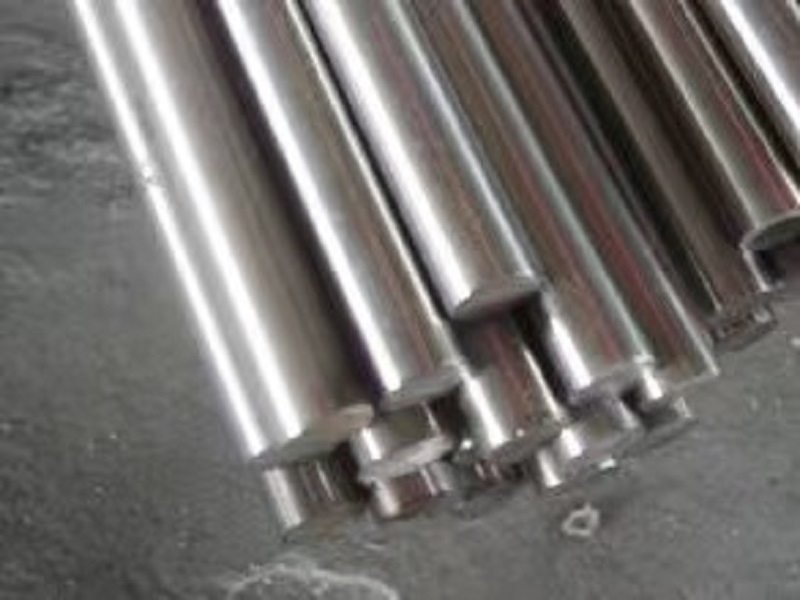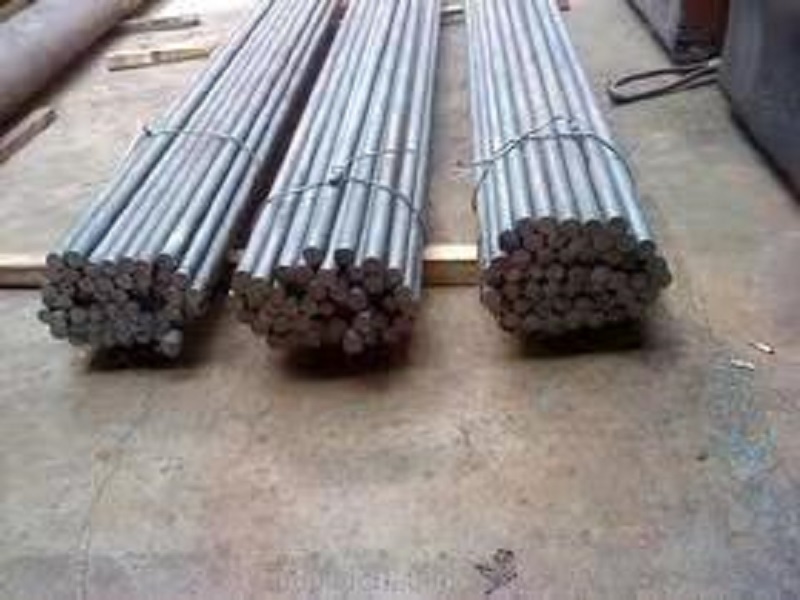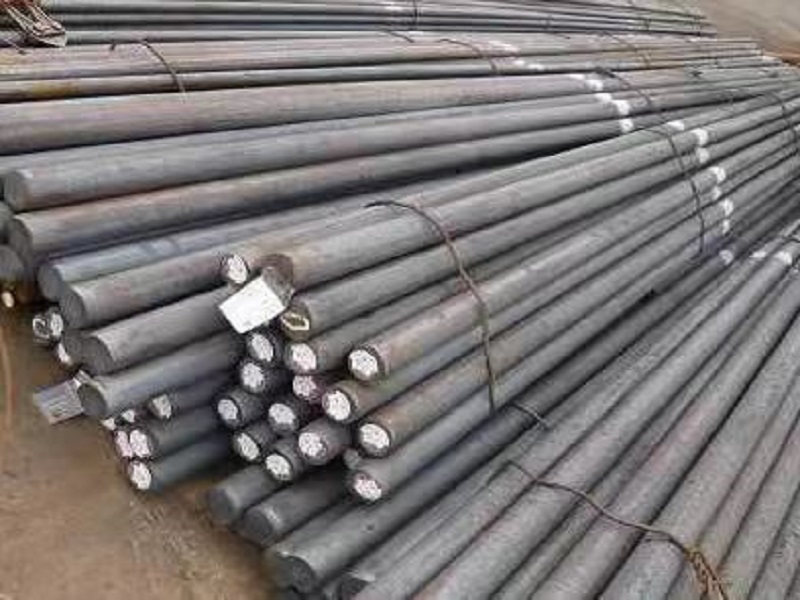

Tool steel is a kind of carbon engineering steel. As you can guess from the name, it is usually used to make, modify, or repair hand tools or machine dies. Tool steels are noted for their hardness, wear resistance and resistance to deformation. They can hold the cutting edge at very high temperatures, which is why they are often used to shape other materials by cutting, pressing, embossing, or extruding. Their wear resistance enables them to be used in the production of injection molds.

Tool steels are divided into six categories. Group selection depends on strength toughness, surface hardness, shock resistance, operating temperature and cost. The six groups are:

The manufacture of tool steel is carried out under carefully controlled conditions to produce the desired quality. Tool steel has a carbon content between 0.5% and 1.5%. The manufacturing process introduces alloying elements that form carbides, typically tungsten, chromium, vanadium and molybdenum.
The most important manufacturing processes of tool steel are as follows:
Tool steel is usually made from about 75% scrap – a mixture of mill scrap and outsourced scrap. It is important to avoid contaminating waste, especially from metals such as nickel, cobalt and copper that cannot be oxidized.
Most tool steel production is done by electric arc furnace (EAF) melting.
There are two stages:
The refined metal is then transferred to a casting station and poured into ingots. The resulting ingots are usually annealed (slowly heated and cooled) to prevent cracking.
The decomposition of tool steel is done by a die – opening hydraulic press or a rotary forging machine. These processes are very versatile and can produce square, rectangular, hollow, or step cross sections with lengths ranging from 6 to 13 m (20 to 43 ft). The final product is of very high quality, with few cracks, lap or seams, and a high degree of straightness can be achieved.
In modern steel making, up to 26 rolling mills are used continuously. The metal is heated by gas thrusters, walking beam furnaces or high-power induction furnaces. Rapid heating is used to prevent decarbonization (loss of carbon content). The process is automated by computer and measuring equipment is used to monitor the diameter tolerance and surface quality of the metal. With this process, a roll of steel can be produced in less than 12 minutes.
Tensile operations are commonly used with tool steels to produce better tolerances, smaller sizes or special shapes. Due to the high strength and limited ductility of tool steel, cold drawing is limited to a single light pass to prevent breakage. Multiple hot draws were performed at temperatures up to 540 °C (1000 °F) to strengthen the metal.
Tool steel is sometimes continuously cast for economic reasons. After casting, the billet is annealed and ground, then forged with a hammer or rotary, and can then be rolled. Electroslag rapid remelting (ESRR) is a modern process, and its operating temperature is higher than ESR.
Powder metallurgy (P/M) is used to produce high alloy steel such as high carbon steel, high chromium steel and high speed steel. This technique has become increasingly popular in recent years. The production of high-carbon and high-alloy tool steels using conventional methods is particularly challenging. The relatively slow cooling times of these methods can lead to the formation of undesired coarse-structure eutectic carbides, resulting in uneven heat treatment responses, poor lateral mass, and low toughness.
In P/M, the problem of traditional method is overcome. The use of P/M results in a fine, uniform distribution of carbides, resulting in improved machinability under annealing conditions, faster response to hardening heat treatments, and improved grindability. However, there is a drawback – reduced wear resistance.
Osprey Process is still a very specialised activity restricted to sites in Japan and the UK, however, it has great technical and commercial potential. The molten alloy is poured through the nozzle from the induction furnace and sprayed with high-pressure gas atomization jet to form small droplets. The droplets are collected and used to form billets, hollows and sheets.
The advantages of Osprey process are similar to those of P/M. Tool steels produced from Osprey materials have a uniform distribution of fine carbides. However, the Osprey process is currently less economically competitive than P/M.


For Further Details,Please Feel Free To Contact Us: